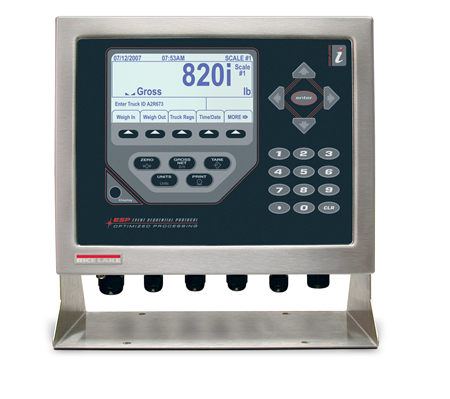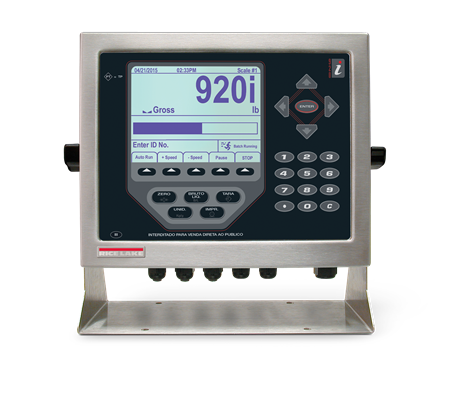Is the website displaying in the correct language? Please confirm or select a different language.
Your region has been set automatically. Please confirm or select a different region.
Better by the Bunch
It’s the perfect food. A travel size, vitamin-rich serving of potassium, protein, and natural sugars, easily digestible, low in fat, and grown worldwide from Asia and Africa to Central and South America. The banana. Arguably one of the world’s most popular fruits, and with more than 95 million tons produced annually, second only to the tomato. To put it mildly, it would seem the world has gone bananas, for bananas.
Harvested from trees in large stalks containing many bunches, bananas make their way on wire trolleys, mule carts, tractor-drawn trailers and railroads, to processing sheds where they’re washed in water tanks to minimize bruising. After they’re separated into bunches, the stems are coated to prevent contamination and extend the life of the fruit. And once sorted and packaged for shipment, they’ll make their way on narrow-gauge railroads to climate-controlled ships, destined for grocers and consumers around the world.
Until recent years, banana production was a rudimentary process. Producers were only estimating the amount of fruit being taken in and shipped out, and consequently, giving away a lot of product in the process. In an effort to feed the world’s ever-growing demand for this meal in a peel, companies like Dole®, Chiquita®, and Del Monte®, all with facilities in Central America, have made significant advances over the last 20 years—thanks in part to Luis Rodriguez and his team at Representaciones Roma, S.A. Using Rice Lake’s 820i and 920i digital weight indicators, Rep. Roma created the now popular BANAWEIGH®, BANACHECK® and PE820 systems, now used in modern banana processing plants throughout Costa Rica and Central America.
BANAWEIGH
Rep. Roma’s banana-branded products were conceived when producers began looking for ways to get reliable information about the fruit coming into the boxing plants. They wanted to weigh 100% of it, and identify each stalk by the area of each farm that it originated from. Because each stalk is assessed for quality and sorted by grade before packaging, the eventual goal would be to use that information to improve the growing conditions in lower-performing areas.
Rep. Roma’s BANAWEIGH system uses his own monorail scale and customized 920i wall-mount indicator from Rice Lake. As the stalks are harvested they’re tagged by color, corresponding with BANAWEIGH’s color-coded front panel to identify the farm of origin. As fruit crosses the monorail, BANAWEIGH stores and transmits information about the weight of each stalk, origin, age of the fruit, harvesting crew, and carrier to the boxing plant. An operator randomly inspects the fruit, and also enters information like number of clusters (bunches) on the stem, number of bananas on each cluster, and average length and diameter. All of this information is transmitted in real time to a mainframe computer via Ethernet. Producers are using the information to monitor inventory of fruit at the farm, learn more about the performance of each lot or section at the farm, test new growing practices and more.
BANACHECK
As with any agricultural product, bananas also grow in varying quality and grade. As the stalks are broken down into individual bunches and sorted by quality, they’re packaged for shipment, which at times means up to 200 different packing variations with different tare and target weights. Rep. Roma’s BANACHECK system uses a customized wall-mount 920i weight indicator to create a static checkweighing station that’s perfectly suited to the task. Using BANACHECK ‘s oversized buttons, operators quickly switch from one grade to another, registering and storing the type of pack, time, date, weight, and packer if desired—all of which is communicated back to a mainframe computer in real-time to give the producer reliable yield data.
PE820
Weighing bananas at the point of sale adds extra time at the checkout, for both grocer and customer. But packaging the bananas at the store would also be time-consuming and costly. To speed up service, some grocers in North America and Europe have requested the fruit be pre-packaged in plastic bags for quick scanning at the register. But there was one concern. Bananas lose a certain amount of weight from dehydration during shipment. To address this, Rep. Roma conceived another system, the PE820, using a BenchMark® scale base, 820i indicator, and Datamax label printer. Rep. Roma’s PE820 is configured to the requests of each specific grocer, letting operators bag and label up to 20 bunches per minute. And with a specially written program, the 820i weight indicator calculates the specific amount of weight that will be lost in moisture, and prints weight and price labels to reflect the point-of-sale weight three weeks from the time of packing. Using up to six PE820 systems per plant, processors are able to weigh bananas more efficiently than at point-of-sale, and save everyone time at the checkout counter.
If you’re like us, you may never look at another banana quite the same way. The next time you’re carefully assessing your snack for just the right color and size, take a look at the label too. If it came from anywhere in Central America, there’s a good chance it has seen a BANAWEIGH or BANACHECK along the way. In fact, the banana we know and love today may in fact be a better banana than one we could have bought just twenty years ago, thanks to Representaciones Roma and Rice Lake.
Subscribe to Rice Lake Magazine
Sign in or create a Rice Lake website account to request a Rice Lake Magazine filled with application stories like this one be sent to you.
Account Sign In Create an Account


 My Account
My Account


